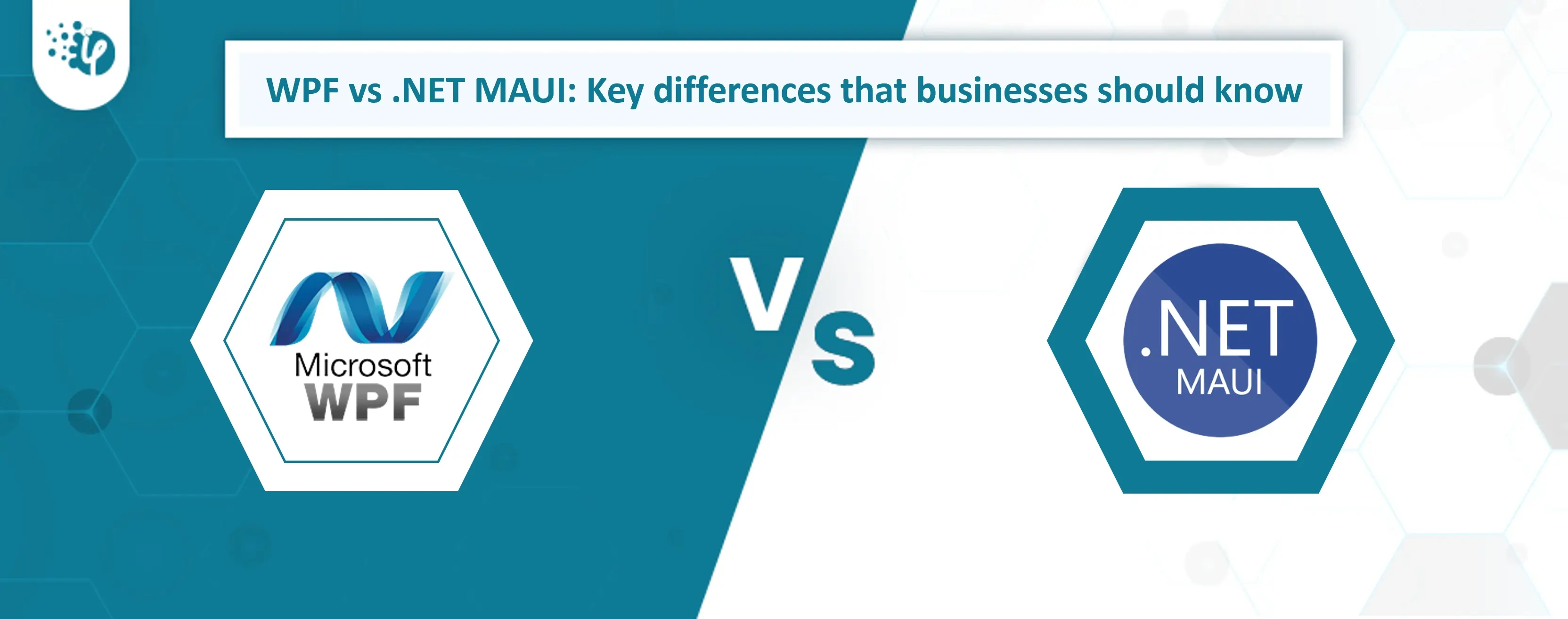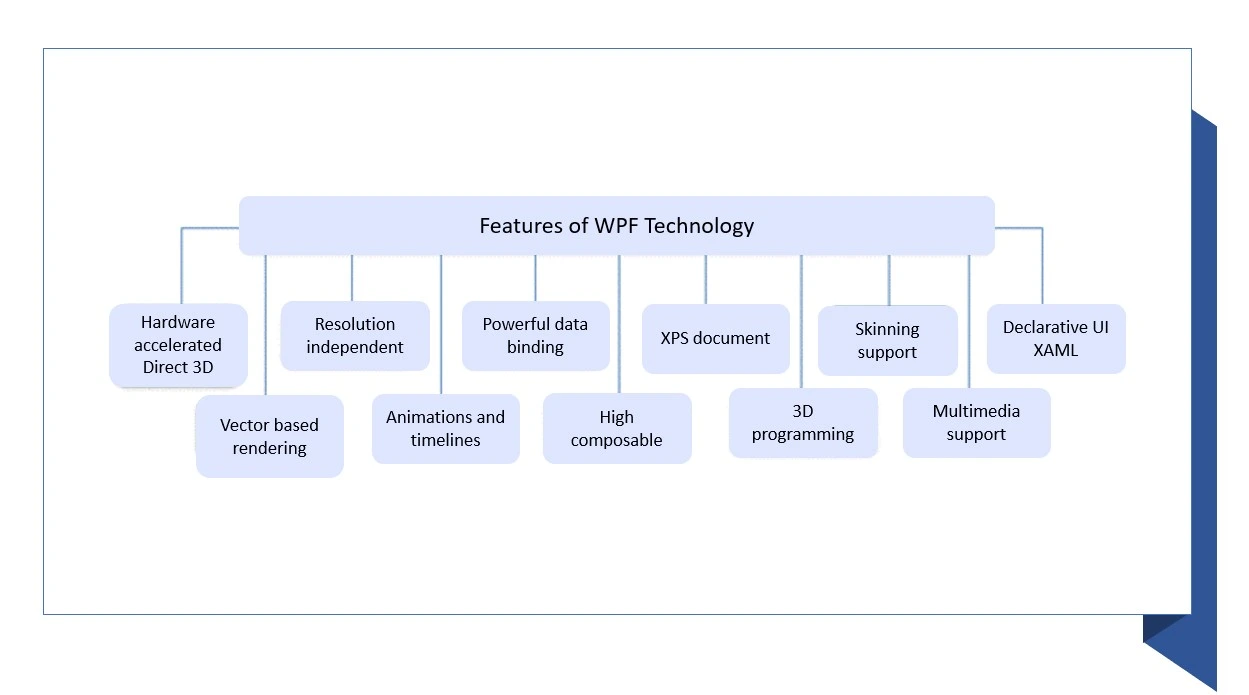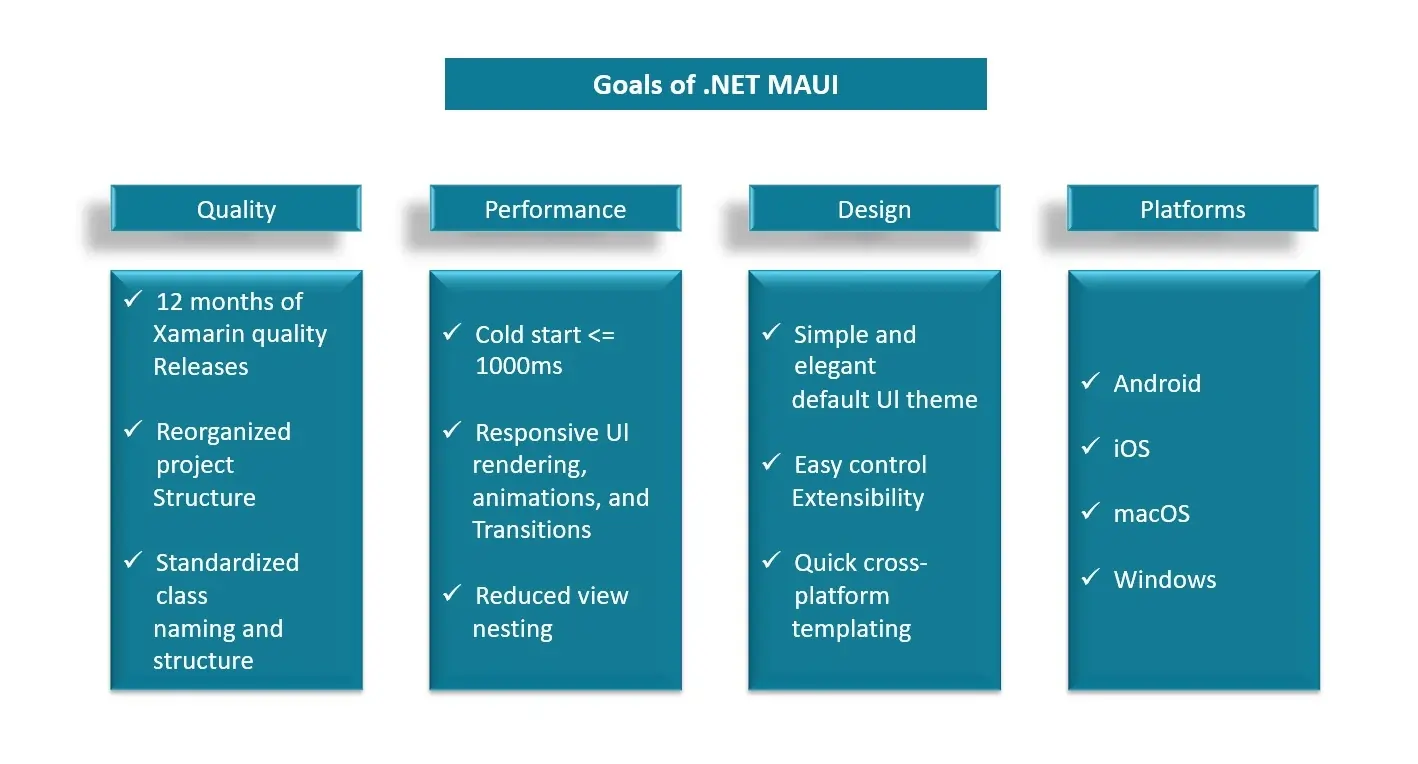FAQs for MAUI vs WPF
1. Is .NET MAUI good?
Yes, .NET MAUI is a good and promising framework when you wish to target multiple platforms. It has native controls and UIs that provide a native-like app experience. In short, .NET MAUI can be a good choice for cross-platform development.
2. Is MAUI future-proof?
MAUI is a future-proof cross-platform framework and provides a modern approach to cross-platform development.
3. Is WPF similar to MAUI?
No, WPF differs from MAUI in operating systems, styling, and customization. WPF is based on Windows only, while MAUI supports cross-platform development for macOS, iOS, Android, and Windows.
4. Can I easily migrate from WPF to MAUI?
Migrating from WPF to MAUI is not a straightforward process, hence you might face bugs and challenges. The switch from WPF to MAUI might take a lot of money and time, so carefully plan code updates, and thoroughly test the changes.
5. Should I learn MAUI or WPF?
This depends on your certain needs such as if you aim to target macOS and Windows then learn .Net Maui. On the other hand, if your goal is to target Windows, then consider learning WPF.























